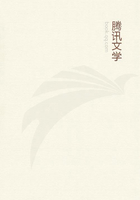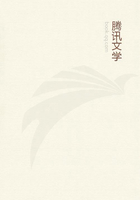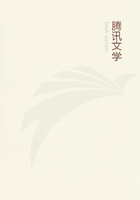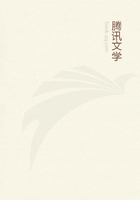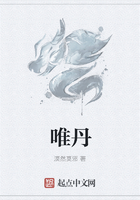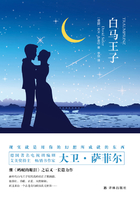It varies in different regions of the skin at very different rates: rapidly on the tip of the tongue, on the ends of the fingers, and on the lips; slowly on the broader surfaces of the limbs and trunk. A measure for the rate of this variation may be obtained by applying two impressions near each other to any region of the skin. So long as the distance of the impressions is less than that of distinguishable local signs they are perceived as a single one, but so soon as they pass this limit they are perceived as specially separate. The smallest, just noticeable distance between two impressions is called the space-threshold for touch. It varies from one or two millimetres (tips of tongue and fingers) to sixty-eight millimetres (back, upper arm, and leg). On the pressure-spots (p. 47), when the stimuli are favorably applied, still shorter distances can be perceived. Then, too, the threshold is dependent on the condition of the tactual organ and on practice. As a result of the first, for example, the threshold is smaller for children than for adults, since the differences in structure that condition the local signs, are obviously more crowded together. As a result of practice, the threshold is smaller in the case of the blind than of those who have vision, especially at the ends of the fingers, which are most used for touching.
5. The influence of visual ideas of the regions touched, where vision is present, as just described, teaches that the localization of tactual impressions and the spacial arrangement of a number of such impressions is not due to an original spacial quality of cutaneous points or to any [p. 106] primary space-forming function of the tactual organ. On the contrary, it presupposes spacial ideas of sight, which can be made use of, however, only because the various parts of the tactual organ have certain qualitative attributes, local signs, which arouse the visual image of the part touched.
There is no reason for attributing an immediate spacial relation to the local signs themselves; it is obviously enough that they act as qualitative signals to arouse the appropriate visual images. This connection with vision depends upon the frequent union of the two. The steeliness of localization will, therefore, be aided by all the influences that increase either the clearness of the visual images or the qualitative differences in local signs.
We may describe the formation of spacial ideas in this case as the arrangement of tactical stimuli in visual images are already present. The whole process is a consequence of the constant connection of these images with the qualitative local signs of the stimuli. The union of the local signs and the visual images of the corresponding region may, then, be rewarded as an incomplete, but very constant, fusion. The fusion is incomplete because both visual image and tactual impression retain their independent character; but it is so constant that, when the state of the tactual organ remains the same, it seems invariable. This last fact explains the relative certainty of localization. The predominating elements of this fusion are the tactual sensations. For many persons the visual images are pushed so far into the background that they can not be perceived with any certainty, even with the greatest attention. The apprehension of space, in such cases, is perhaps an immediate function of tactual and motor sensations, as for the blind (v. inf. 6). As a rule, however, more careful observation shows that it is possible to recognize the position, and distance of the impressions only by attempting [p. 107] to make the indefinite visual image of the region touched more distinct.
6. The conditions that hold when vision is present, are essentially different from those found in cases of blindness, especially congenital or early acquired blindness. Blind persons retain for a long time memory images of familiar visual objects, so that the spacial ideas of touch always remain, to some extent, products of a fusion between tactual sensations and visual images. But these visual images can not be continually renewed, so that the persons in question come more and more to make use of movements.
The sensations of movement that arise from the joints and muscles in passing from one tactual impression to another (p. 46), serve as a measure for the movement executed and, at the same time, as a measure for the distance between the two impressions. These sensations of movement, which in acquired blindness are additions to the gradually fading visual images and in part substitutes for them, are, in congenital blindness, the only means present from a the first for the formation of an idea of the relative position and distance of the single impressions. We observe in the latter case continual movements of the touch-organs, especially the fingers, over the object.
Added to these movements are a more concentrated attention to tactual sensations and a greater practice in their discrimination. Still, the low grade of development of this sense, in comparison with sight, always shows itself in the fact that the apprehension of continuous lines and surfaces is much less perfect than that of approximately punctiform impressions arranged in various ways. The necessity of making a blind-alphabet of arbitrary figures formed by various combinations of raised points, is a striking proof of this. Thus, for example, in the ordinary alphabet (Braille's) one point represents A, two points in a horizontal line B, [p. 108] two points in a vertical line C, etc. With six points at most all the letters can be formed, but the points must be far enough apart to be perceived is separate with the end of the index finger. The way in which this alphabet is read is characteristic for the development of the space-ideas of the blind. As a rule the index fingers of both hands are used for this purpose.

